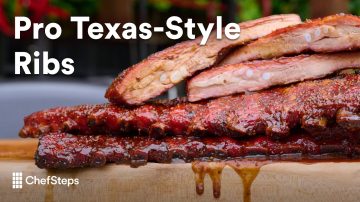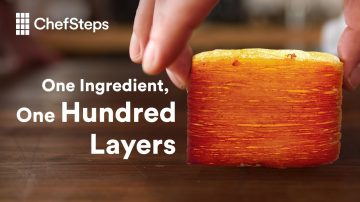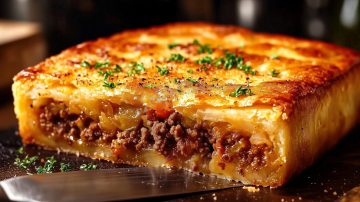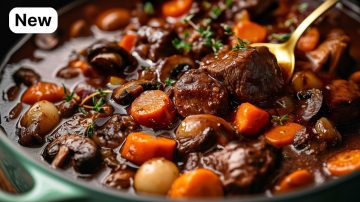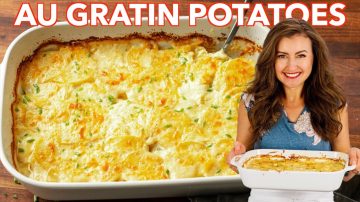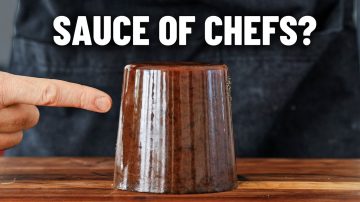How To French And Truss A Pork Roast
Recipe Overview
Overview
Frenching and trussing a Pork Crown Roast is a skill that elevates your cooking game, perfect for impressing guests at special gatherings. The process begins with selecting a full bone-in pork roast, which is essentially the prime rib of pork. The beautiful fat cap and the spinalis muscle make this cut particularly desirable.
As you score the meat, precision is key. Scoring helps to render the fat during cooking, ensuring a juicy and flavorful roast. The technique of trussing is equally important, as it helps maintain an even shape while cooking, allowing for a more uniform doneness throughout the roast.
Throughout the video, the emphasis is on careful handling and attention to detail. The narrator shares tips on how to manage the slippery nature of the meat as it warms up, ensuring that you can work efficiently without losing control. The final product, a beautifully frenched and trussed roast, is not just a feast for the eyes but also a testament to your butchery skills.
This Pork Crown Roast is ideal for festive occasions, showcasing not only your culinary prowess but also your ability to create a stunning centerpiece for any dinner table. Whether you’re a seasoned cook or a novice, this technique will surely impress your family and friends.
Recipe Details
Steps & Tips
Choose a full bone-in pork crown roast from the butcher.
Score the sides of the membrane about an inch above the loin.
Turn the roast 180 degrees and score the other end.
Slice through the membrane to the bone with good pressure.
Lift up the fat with a slicer to expose the membrane around the ribs.
Tip: Work slowly and make precise cuts to avoid wasting meat.
Tip: Use a dry towel to prevent the meat from slipping while working.
Insert the tip of the knife between the bones to separate the meat.
Score the bones from one side to the other.
Peel back the membrane around the bone using the knife.
Scrape the membrane off the ribs to make it easier to remove.
Tip: Wipe off the blade frequently to maintain control and avoid slipping.
Use a metal hook or S hook to grip the bone for leverage.
Remove the chain from the pork roast.
Scrape the bones clean to remove any remaining meat.
Scoop out the chime bones using the tip of the knife.
Tip: Trim the fat cap to about a quarter inch for even cooking.
Trim the fat cap down to about a quarter inch.
Tip: Trussing helps the roast cook evenly and maintain a cylindrical shape.
Cut butcher's twine to about 16 inches long for trussing.
Tie the string around the roast, pulling it tight.
Tip: After roasting, removing the string makes portioning easier.
Use kitchen scissors to cut off excess string after tying.
Ingredients
Skill Level
Frequently asked questions
Below you will find answers to the most common questions about this recipe.
Got a Recipe Question? Ask Away!
Interesting Tidbits
- •Frenching a pork roast involves removing the meat and fat from the bones for a cleaner presentation.
- •Trussing helps the roast cook evenly and maintain its shape.
- •The spinalis is a prized cut of meat located near the ribeye.
- •A well-trimmed fat cap can enhance the flavor and texture of the roast.

